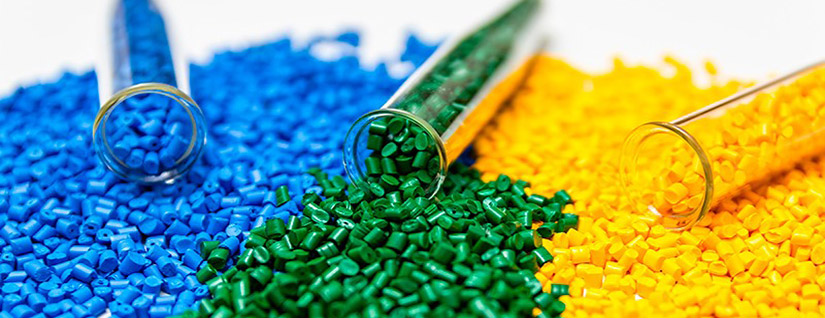Definition
If you want to make a specialized plastic with specific color or property, you need to use Masterbatches. Usually Plastic doesn’t come with a color or property and in order to give it the desired look, we should use pigments or additives. In this case, masterbatch plays the role of the additive. There are various types of masterbatches that we can use for getting different results. But there are two types of it which are Color Masterbatch and Additive Masterbatch.
Color Masterbatch
This type of Masterbatch has an incredible use for creating different colors. By adding these masterbatches to polymers, we can easily give them colors. Furthermore, blending the colors can create special effects to make your products look unique. One of the most important components of color masterbatch is pigment. Pigments have two main groups named organic pigments and mineral pigments.

Additive Masterbatch
With this kind of Masterbatch, you can give various and specific physical and chemical properties to the plastic. How you want to change the polymers is up to you but before that, you should definitely get an understanding of your goal. There are many applications for this kind of masterbatch and a wide range of options to consider. Additive masterbatches can be divided into many branches including Anti-Fog masterbatch, Anti-block masterbatch, one-pack masterbatch, optical brightener masterbatch and many more.
Here you can see how some of them work:
Anti-Fog Masterbatch: Spread the water bead on the surface of the film and as a result, Increases precision of packaging and maintains freshness and quality of the food.
Anti-block Masterbatch: Dramatically enhances the products anti-adhesive property and grant us amazing transparency and retain printing quality on film.
Slip Masterbatch: Prevents films from sticking by forming a layer of slip agents on polymer surfaces and reduces friction between the various film layers.
And here’s some highly useful products that benefit from masterbatches and their effects on polymers:
Anti UV and UV stabilizer: This is an essential product that prevents sun rays from breaking polymer chains. Anti UV and UV stabilizer grant your products long-term persistence and of course, increased color and thermal stability. This is a popular product that often gets used for chairs and furniture that are all day in front of sun rays.
Polypropylene reinforced with glass fiber: When attachment between the polymer and the fiber is weak, the fiberglass cannot play the role of a reinforcing agent and the composite loses its qualities. For fixing this, glass fiber reinforced polypropylene compound uses a high-quality coupling agent and a definite compounding process which optimizes the arrangement of glass fiber in the polymer matrix.
Wood plastic compound: Wood-plastic compounds consists of a combination of wood, plastic, and particular additives. Thanks to its strength, wide range and being fireproof and completely recyclable, this product is significantly popular.
Silent pipes and fittings: noise pollution can be very distractive and harmful in this day and age. Anyone who lives in a crowded city should use the efficiency of the silent pipes and fittings. This product uses a great technic by water draining and easily makes everything less noisy.
Applications
Eventually, it should be noted that these masterbatches are all considered for many different uses. This includes foam, packaging, sheet, profile extrusion, Electrical appliances, Injection industry and many more. Pigments and masterbatches are big parts of our lives, even if we don’t notice them that much.
“Toseaye Pardis Sabz”, the supplier of organic and inorganic pigments, exports high-quality masterbatches according to customers’ needs. Also, these products are able to compete with its foreign equivalent.
Source: R & D Unit of Toseaye Pardis Sabz


